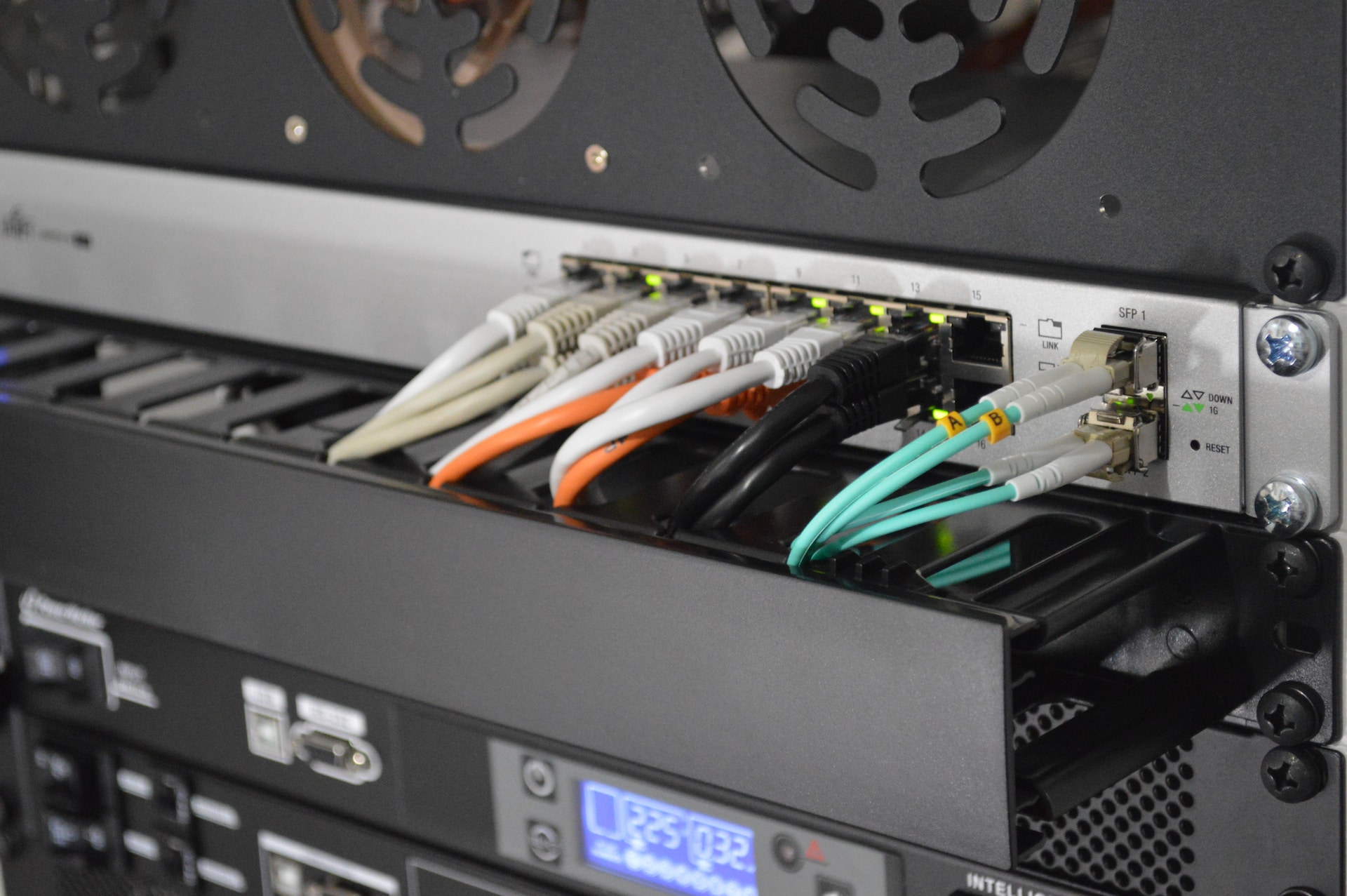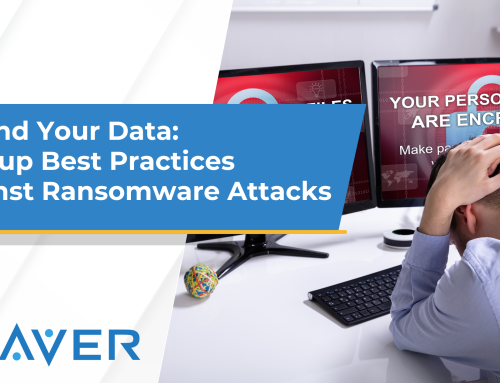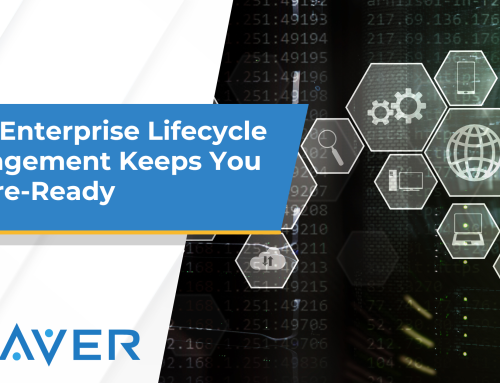In the digital age, cybersecurity solutions for businesses are no longer a luxury—it’s a necessity. Especially when you’re dealing with complex IT infrastructure, the stakes are high. Cybersecurity risk management is the name of the game, and it’s a game you can’t afford to lose.
Understanding Cybersecurity Risk Assessment
Imagine going for a health check-up, but instead of your body, it’s for your IT infrastructure. That’s what a cybersecurity risk assessment is all about. It’s about taking a good, hard look at your systems and asking some tough questions.
First off, where are we exposed? It’s like figuring out where you’re most likely to catch a cold. Maybe it’s that outdated software that’s been hanging around like a bad cough, or perhaps it’s those weak passwords that are about as effective as a flimsy mask.
Next, what’s the damage if we get hit? It’s about understanding the potential impacts of a cyber attack. Are we talking a minor headache, or is it more of a full-blown flu?
And finally, how can we bolster our defenses? This is where we get into the nitty-gritty of risk mitigation. It’s about rolling up our sleeves and figuring out how to boost our immunity against these cyber threats.
So, a cybersecurity risk assessment isn’t just a fancy term. It’s a vital part of maintaining the health of your IT infrastructure. And in today’s digital world, it’s a check-up you can’t afford to skip.
The Role of IT Infrastructure in Cybersecurity: A Double-Edged Sword
IT infrastructure—it’s a bit like a puzzle. The more pieces you have, the more complex it becomes. Sure, a diverse IT infrastructure can offer flexibility and scalability. It’s like having a Swiss Army knife at your disposal. But with every new tool, every new piece of the puzzle, comes a new potential vulnerability.
In the world of cybersecurity, it’s these vulnerabilities that can cause a whole lot of trouble. It’s like leaving a window open in a storm. Sure, you might enjoy the breeze, but you’re also letting in the rain.
So, how do you enjoy the benefits of a diverse IT infrastructure without getting soaked? It’s about understanding the unique cybersecurity challenges that come with complexity. It’s about making sure that as your IT infrastructure grows, your cybersecurity measures grow with it.
Remember, in cybersecurity, it’s not just about having all the pieces of the puzzle. It’s about making sure they all fit together to create a complete, secure picture.
Steps to Conducting Cybersecurity Assessments
So, you’re ready to conduct cybersecurity assessments? Let’s dive in.
Identify Potential Threats: Think of this as a reconnaissance mission. You’re scouting out the landscape, identifying potential threats. These could be anything from phishing attacks to ransomware. And it’s not just about knowing what these threats are, but also understanding how they could impact your IT infrastructure.
Quick Hits:
- Identify common threats relevant to your industry.
- Understand the techniques used in these attacks.
- Use tools like Fortinet’s FortiSandbox for advanced threat detection.
- Keep up-to-date with the latest threat intelligence.
Evaluate Vulnerabilities: This is where you turn the spotlight on your own systems. You’re looking for weak spots, the chinks in your armor. Maybe it’s an outdated piece of software that’s no longer supported, or perhaps it’s a set of weak passwords that could easily be cracked.
Quick Hits:
- Conduct regular system and software audits.
- Identify systems running outdated software.
- Check for weak or reused passwords.
- Use tools like Dell’s vulnerability management solutions to assist in identifying these vulnerabilities.
Assess Impact and Likelihood: Now, it’s time to play out some scenarios. If a threat becomes a reality, what would be the impact? Would it cause a minor disruption, or could it potentially bring your operations to a halt? And just as importantly, how likely is it to happen? This step is all about assessing risk in a quantifiable way.
Quick Hits:
- Identify the potential impact of different types of cyber attacks.
- Assess the likelihood of these attacks.
- Use tools like AWS’s Security Hub to help quantify these risks.
- Regularly review and update your impact and likelihood assessments.
Develop a Risk Mitigation Strategy: Finally, it’s time to strategize. Based on your assessment, how will you reduce the risks? This could involve anything from implementing stronger security measures to conducting regular cybersecurity training for your team. It’s about creating a game plan that’s tailored to your specific risks and vulnerabilities.
Quick Hits:
- Based on your assessments, prioritize risks to address.
- Develop a plan to mitigate each risk.
- Implement stronger security measures, like Cisco’s SecureX platform.
- Conduct regular cybersecurity training for your team.
Remember, a cybersecurity risk assessment isn’t a one-and-done deal. It’s an ongoing process. As your IT infrastructure evolves, your cybersecurity strategy should evolve with it. It’s about staying vigilant, staying adaptable, and most importantly, staying secure.
The Ongoing Nature of Cybersecurity Risk Management
At the end of the day, cybersecurity risk management is an ongoing journey, not a destination. The cyber landscape is constantly evolving, and so too are the threats. That’s why it’s important to stay vigilant, to keep assessing your risks, and to keep adapting your strategy.
And remember, you don’t have to do it alone. At Weaver Technologies, we’re here to help. Whether you need assistance conducting a cybersecurity risk assessment or implementing a comprehensive cybersecurity strategy, our team of experts is here for you. Because in the world of cybersecurity, the best offense is a good defense.







